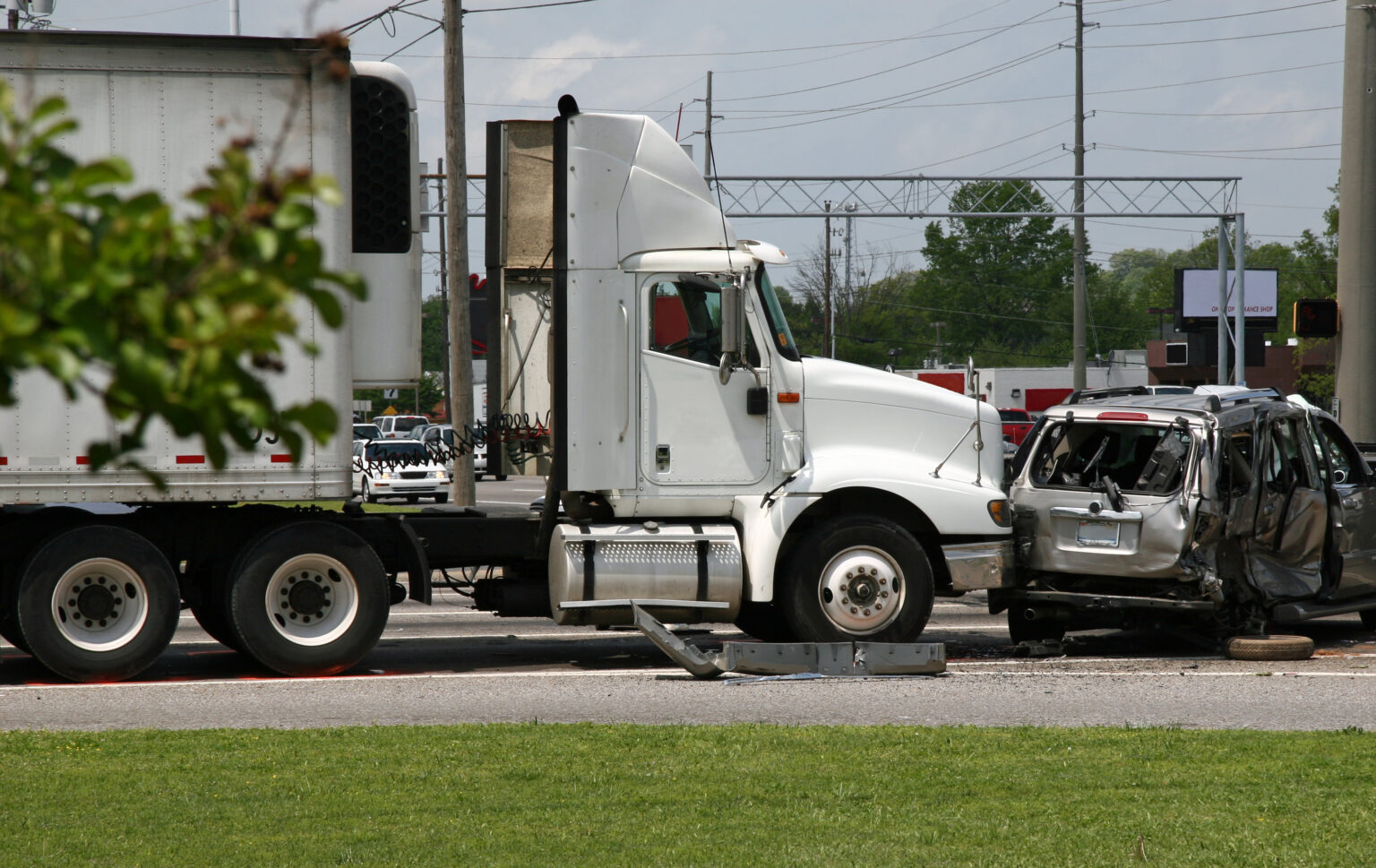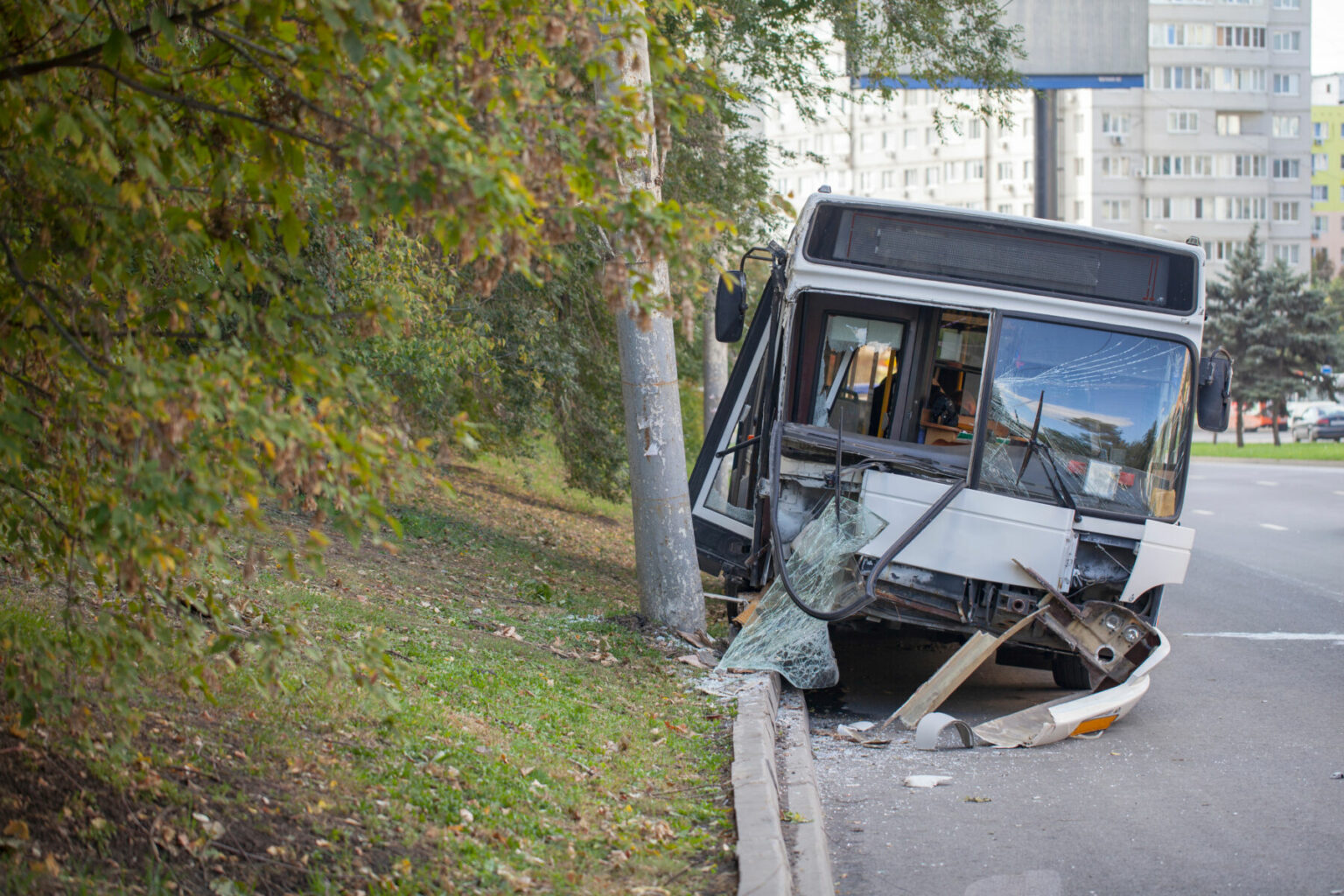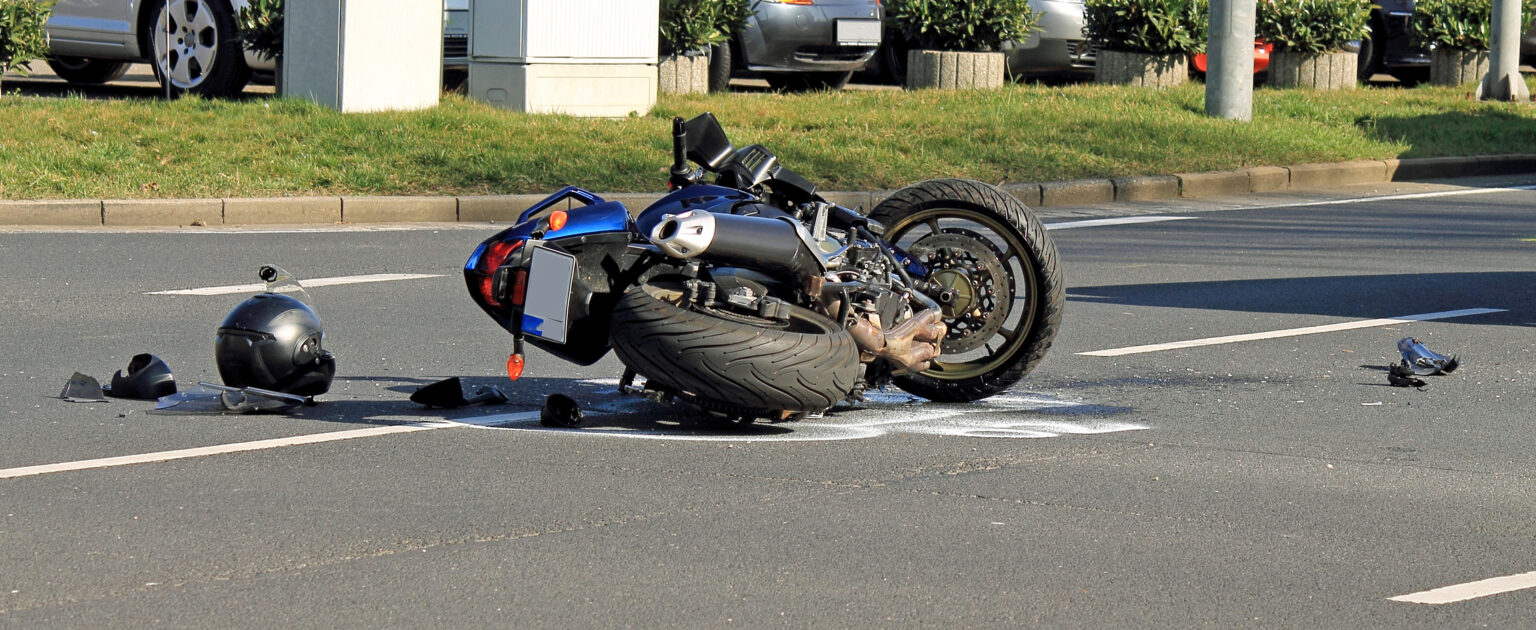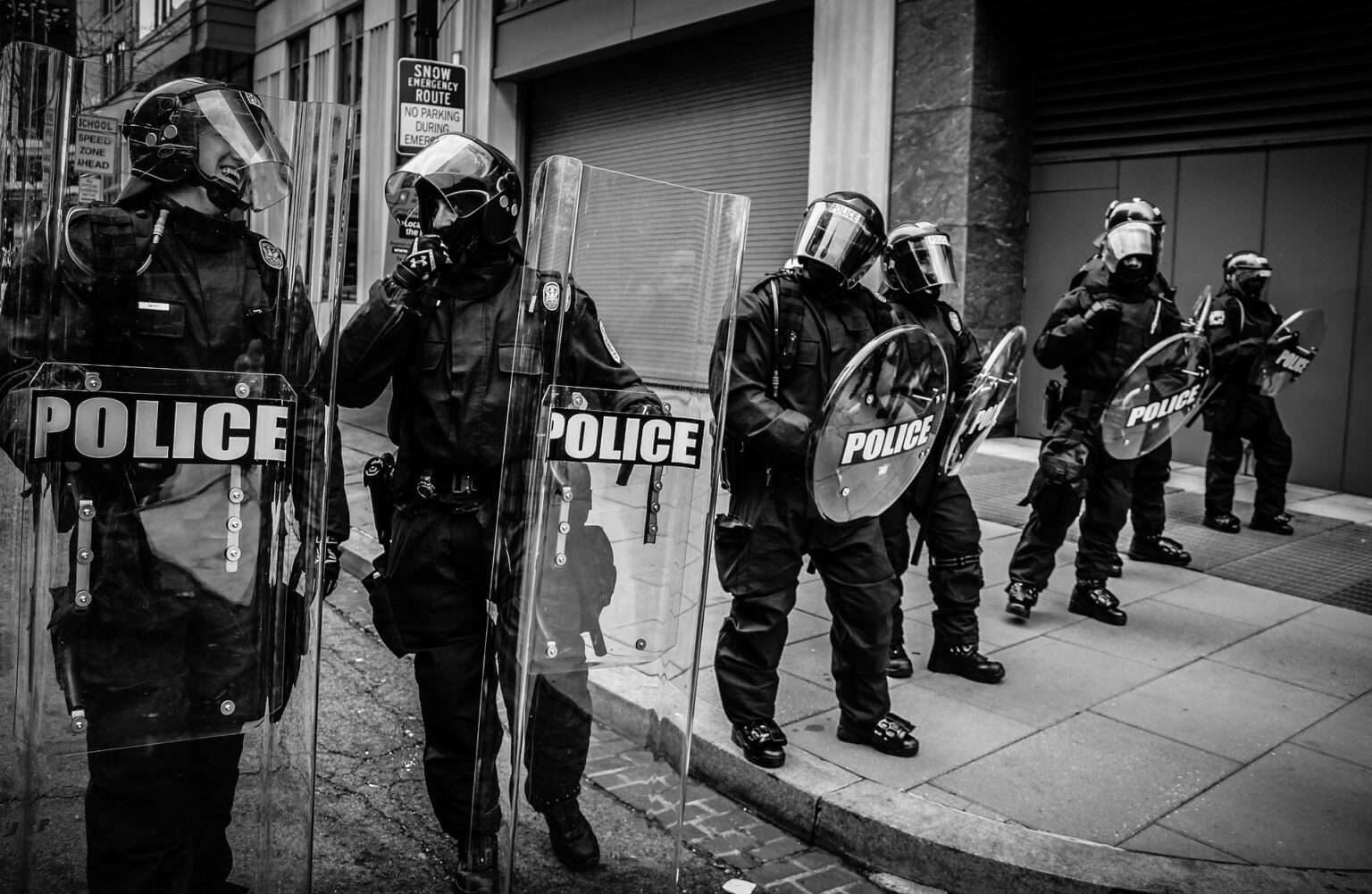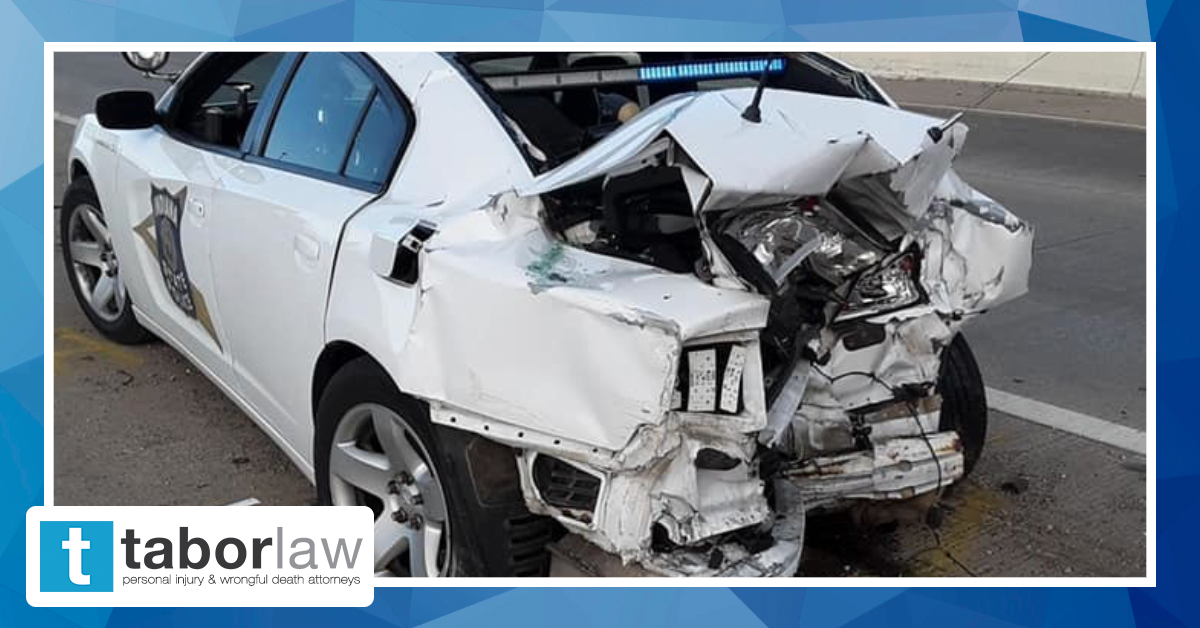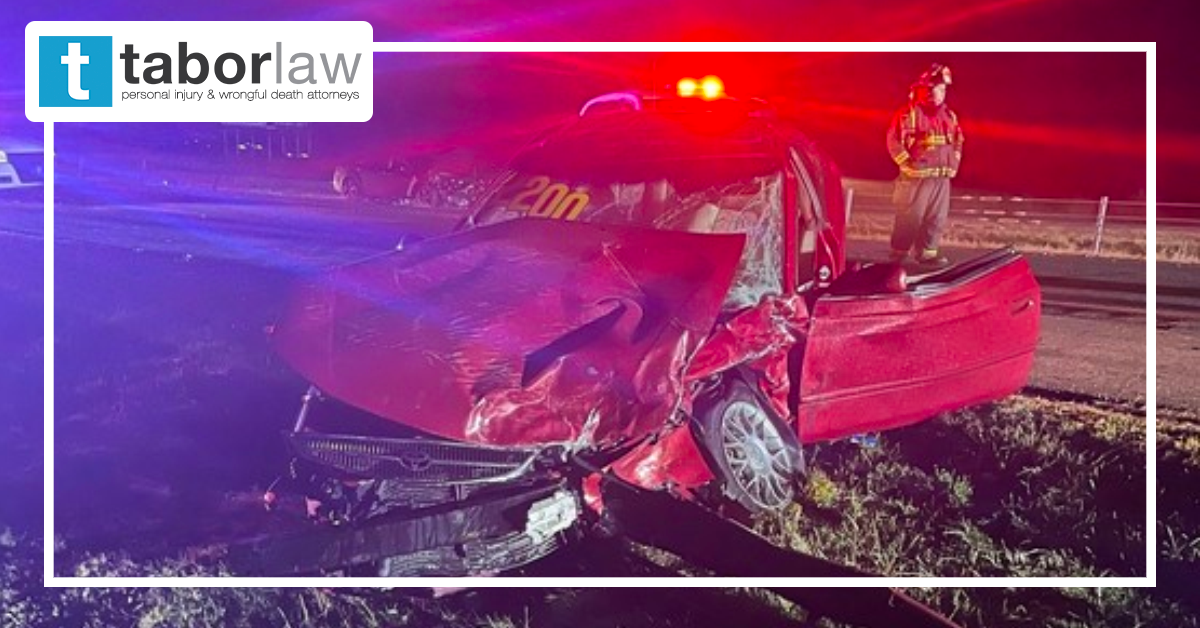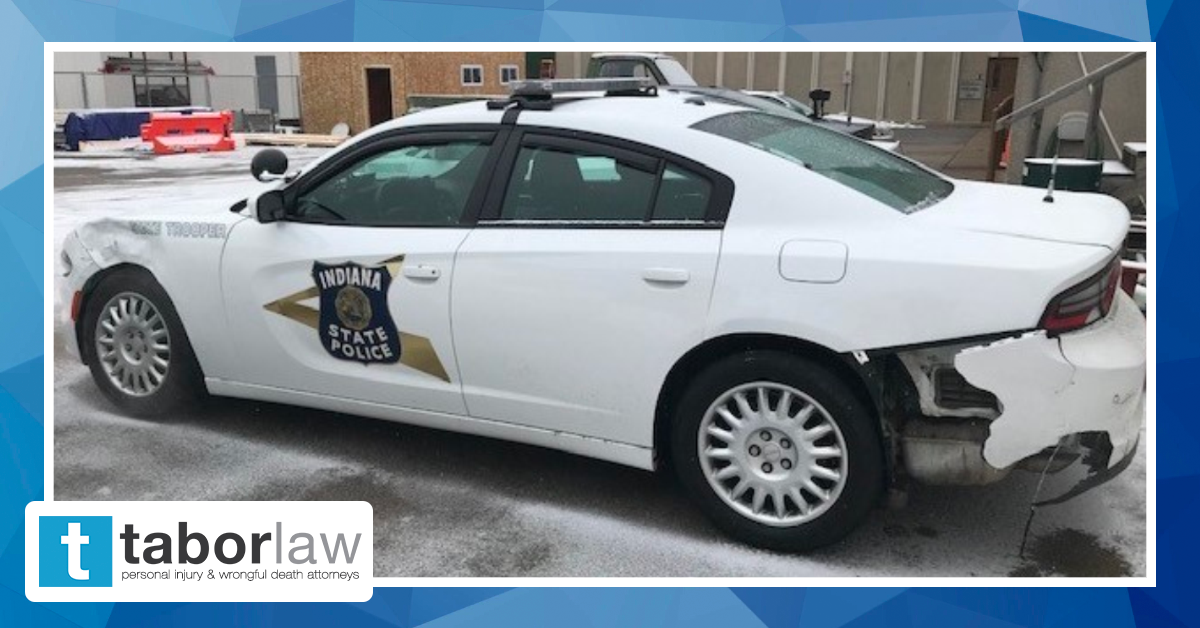Will a 0.05 DUI Threshold Ever Apply in Indiana, Nationally?

A recent national article on the scourge of drunk driving spotlights a
dramatic statistic. It notes that there are approximately “10,000
alcohol-related driving deaths in the United States each year.”
Indiana gets its fair share of those, with such outcomes being flatly tragic
and affecting individuals and families in a deeply personal and life-altering way.
Is there any way to curb such behavior and its resulting effects in a truly
meaningful way? Is there something that government regulators and law
enforcers can do to materially reduce DUI-linked crash deaths?
Researchers from the well-respected National Academies of Sciences, Engineering
and Medicine think there is. What they suggest in a recently released
report is a radically
dropped drunk-driving threshold of 0.08 blood-alcohol concentration down to 0.05.
That would obviously result in far higher numbers of drivers being flagged
by police officers across Indiana and the country. Proponents say that
such a result would logically reduce the potential for crashes on virtually
all roads, and in a significant way.
Such an outcome would understandably be cheered by legions of proponents
who deeply appreciate the upped odds of a catastrophic impact every time
an inebriated driver gets behind the wheel and turns a key.
The Academies’ report terms drunk driving “the deadliest and costliest
danger on U.S. roads.”
Proven personal injury attorneys who advocate diligently and aggressively
on behalf of victims and their families in serious injury and
wrongful death matters know that to be an uncontested truth. Concerned parties can reach
out to them for candid and on-point guidance — as well as strong legal
representation — in any drinking-related personal injury case.
Categories:
Related Blog

Pedestrian Safety in Downtown Indianapolis Has Become a Hot Topic. What Can You Do to Protect Yourself?

Bicycle Accidents are on the Rise in Indiana. What Can You Do to Prevent a Bicycle Accident?
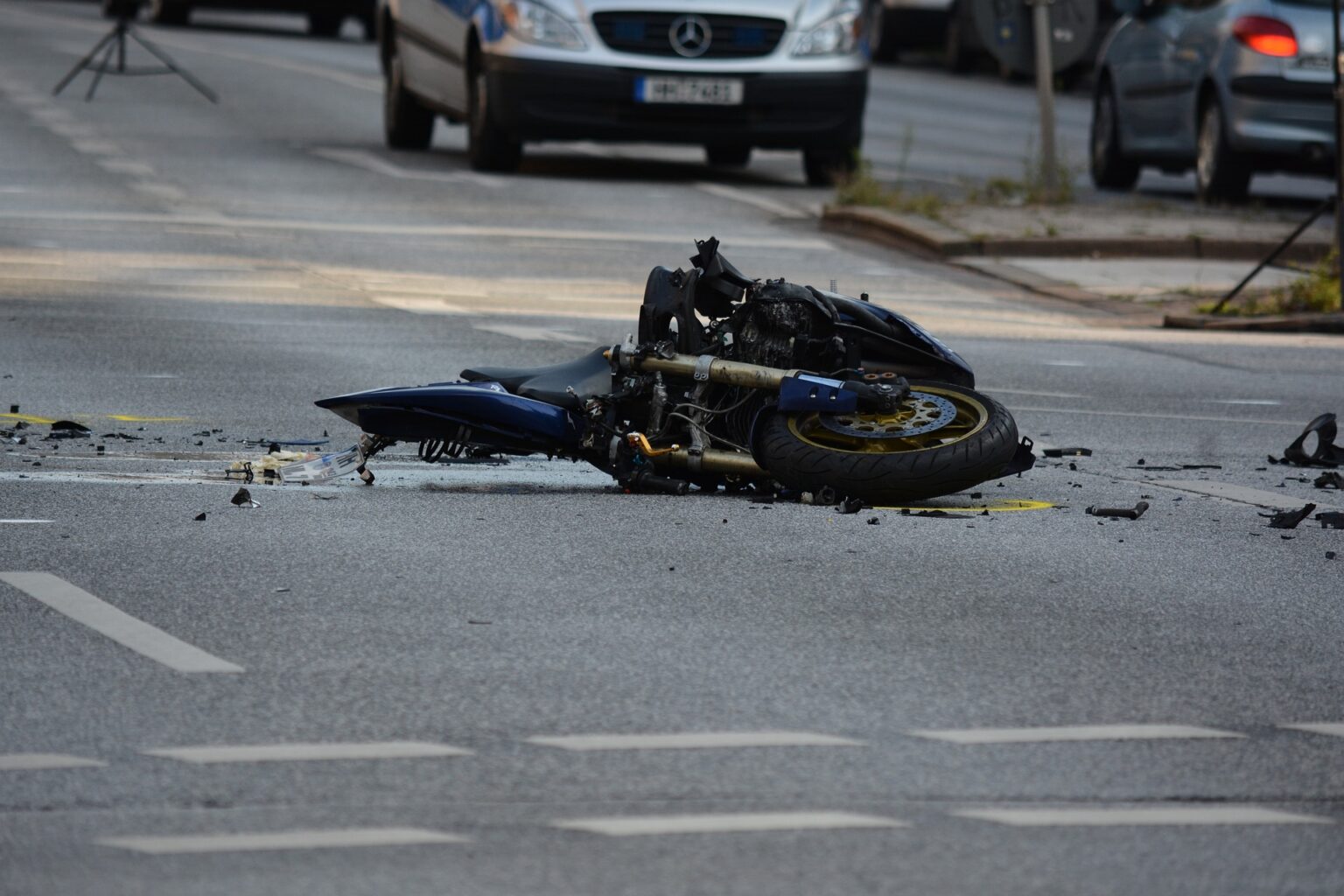
Understanding the Causes of Motorcycle Accidents in Indianapolis: An Analysis of Recent Data

Indianapolis Drunk Driving Accidents and How to Handle them with a Personal Injury Attorney

Two Mothers & Two 12-year-old Daughters Killed in Crash While Headed to Volleyball Tournament

Jefferson County Sheriffs Searching for Hit & Run Driver Who Struck 10-year-old Bicyclist



































